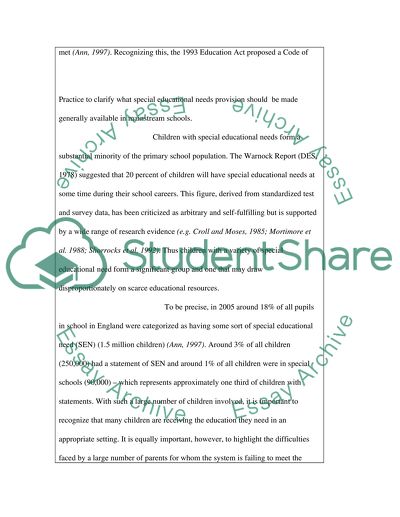Cite this document
(“Special educational needs provision Essay Example | Topics and Well Written Essays - 1750 words”, n.d.)
Retrieved from https://studentshare.org/education/1519597-special-educational-needs-provision
Retrieved from https://studentshare.org/education/1519597-special-educational-needs-provision
(Special Educational Needs Provision Essay Example | Topics and Well Written Essays - 1750 Words)
https://studentshare.org/education/1519597-special-educational-needs-provision.
https://studentshare.org/education/1519597-special-educational-needs-provision.
“Special Educational Needs Provision Essay Example | Topics and Well Written Essays - 1750 Words”, n.d. https://studentshare.org/education/1519597-special-educational-needs-provision.


